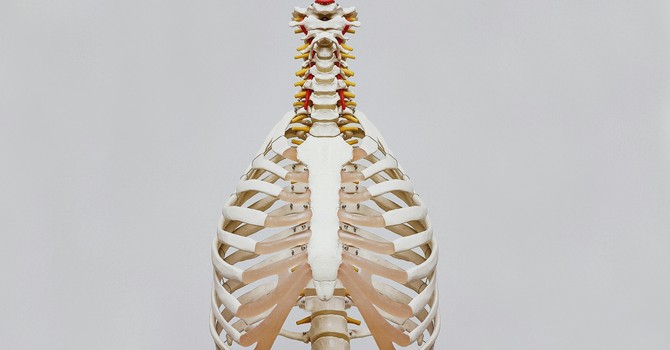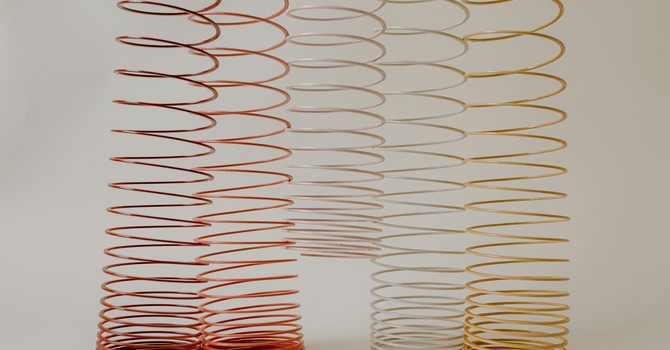In the pelvic region, definitions and specific causes of pain can get a bit cloudy. In fact, it took me some time to pick a catch-all title for this post. I chose to go with “Pelvic Region Pain” because the terms that I attempt to clarify below all relate to the pelvic region.
Here are some specifics relating to the term Pelvic Pain:
- Pelvic Pain is pain perceived in structures relating to the pelvis (Fall et al 2010, as cited Chaitow & Lovegrove Jones, 2012). It is experienced in the lower abdomen (International Pelvic Pain Society, n.d.), pelvic organs, hips, low back, or tailbone (BC Women’s Hospital, n.d.).
- There can be different contributors to pelvic pain, such as the gynaecological system, musculoskeletal system, bladder and bowel, external genitalia, and psychosocial factors (BC Women’s Hospital, n.d.).
- Pain is generally considered chronic if it lasts for more than 6 months
But, there is also Pelvic Girdle Pain:
- Pelvic Girdle Pain relates to the structural, bony, and ligamentous parts of the pelvis. This definition does not include pain arising from pelvic organs (Chaitow & Lovegrove Jones, 2012).
- This pain is felt between the posterior iliac crests (the back of your hip bones) and gluteal folds (the crease below your buttocks), particularly in the region of the sacroiliac joints (near your back dimples). It may include pain near the pubic symphysis (lowest part of abdomen) and radiation into the back of the thigh (Vleeming et al. 2008 as cited in Chaitow & Lovegrove Jones, 2012).
- Pelvic girdle pain may limit capacity for standing, sitting, and walking (Vleeming et al. 2008 as cited in Chaitow & Lovegrove Jones, 2012).
Sometimes, people may have a diagnosis that tells us about the structure or pathology that is causing pain. For instance, a person experiencing pelvic pain may have endometriosis, chronic prostatitis, or interstitial cystitis.
In my experience, pelvic pain and pelvic girdle pain are not mutually exclusive. Many people I see have some aspect of both.
Given that the above definition of pelvic pain includes contributors that cannot be treated by physiotherapy alone, it’s important to have a physician involved in your care. This could be a family doctor monitoring your overall health and connecting you with the right specialists and tests. It could also be a specialist who knows these organ systems inside and out, such as a gynaecologist or urologist.
Then there’s me, the pelvic health physiotherapist. I assess the function of your pelvic girdle and how it relates to the pain you’re describing. When we meet, you can help me understand your experience by telling me about:
- All aspects of your pain and discomfort. Where is it? How would you describe it? What triggers it - hormonal changes, movements, activities, situations? What, if anything, helps it feel better?
- Tests, diagnoses, and medical treatment to date.
- How is it affecting your life?
- What are your goals for coming to physiotherapy? If we are successful, what would that look and feel like?
References:
Chaitow, L., & Lovegrove Jones, R. (2012). Chronic pelvic pain and dysfunction: Practical physical medicine. Churchill Livingstone Elselvier.
Chronic pelvic pain (CPP). International Pelvic Pain Society . (n.d.). https://www.pelvicpain.org/images/2025/Patient%20Handouts/Chronic%20Pelvic%20Pain%20CPP%202025%20Update.pdf
Pelvic pain/ endometriosis. BC Women’s Hospital. (n.d.). http://www.bcwomens.ca/health-info/sexual-reproductive-health/pelvic-pain-endometriosis#Chronic--pelvic--pain





